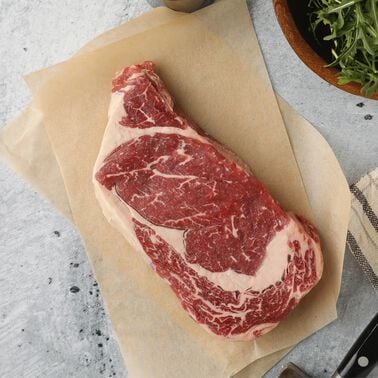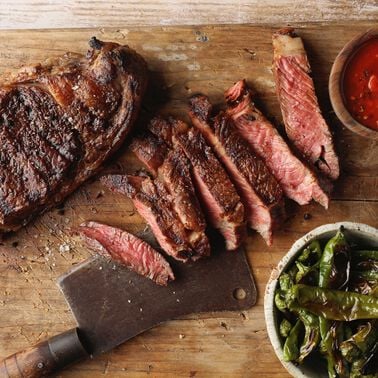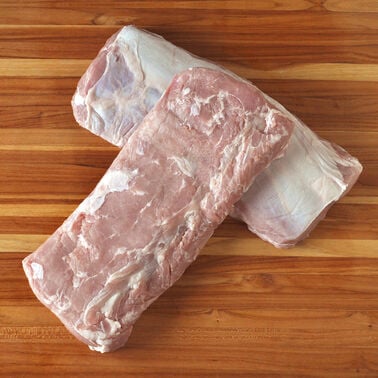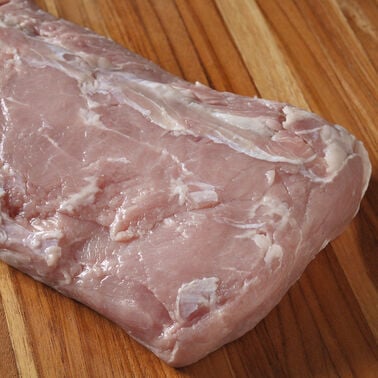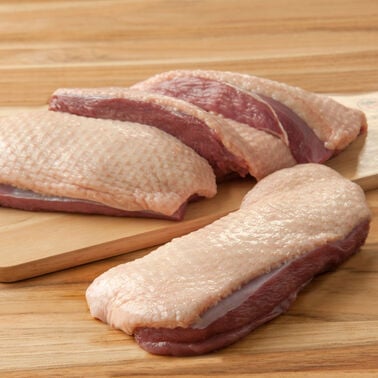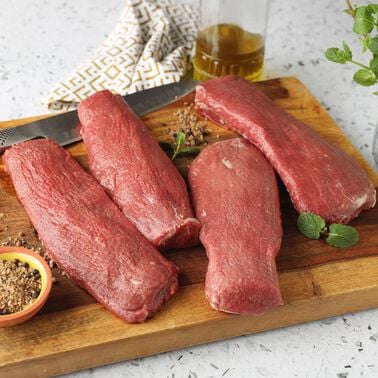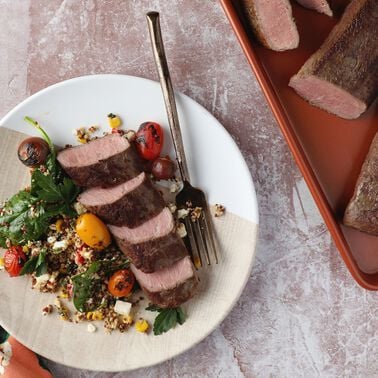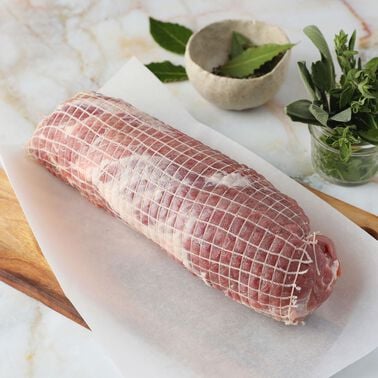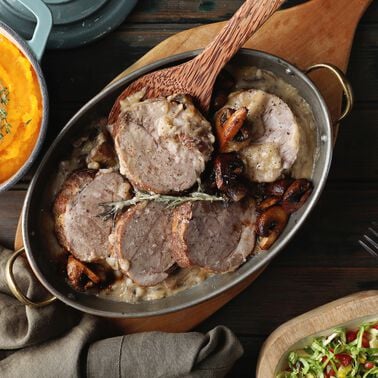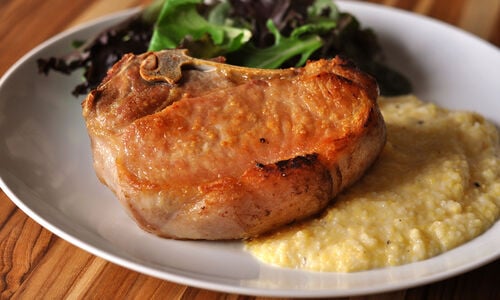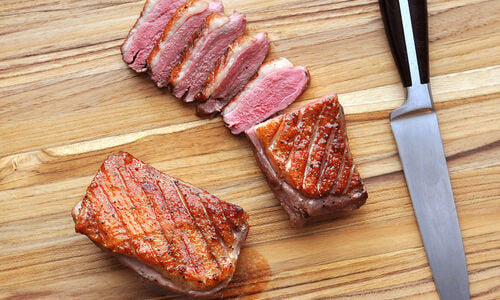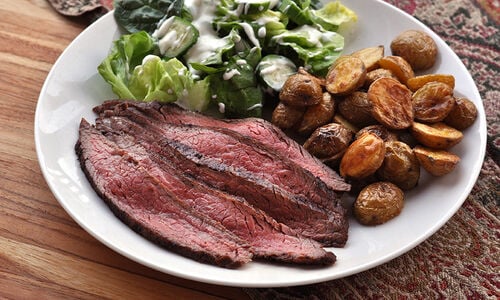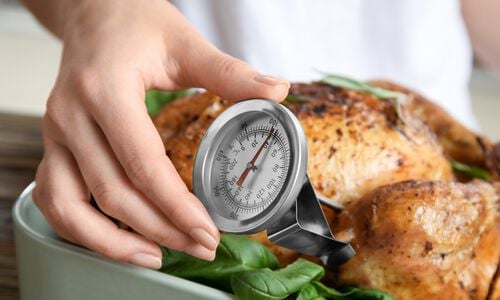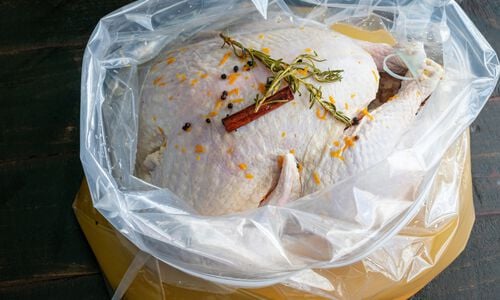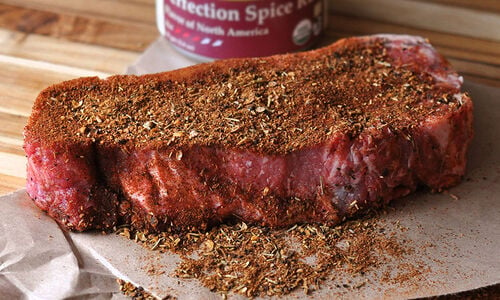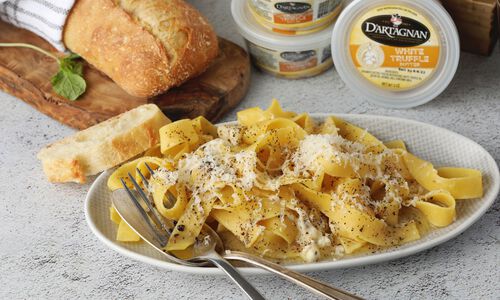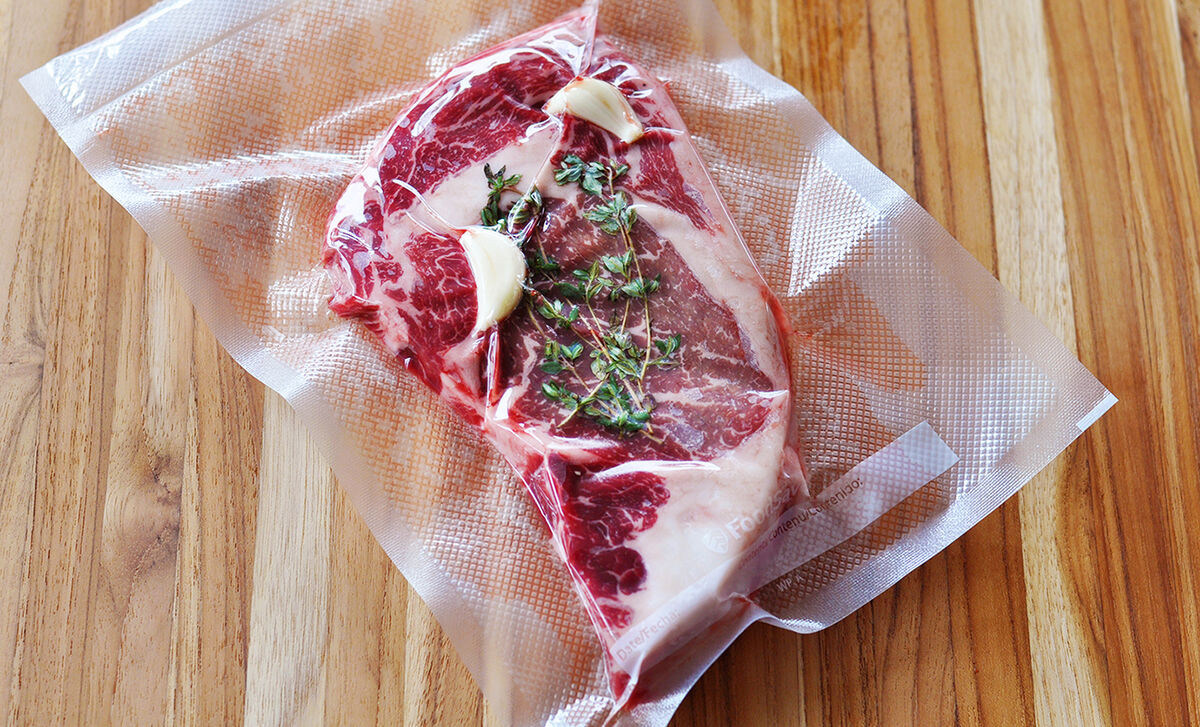
As sous vide continues its revival with pro chefs, there are also enthusiatic home cooks employing the technique. Sous vide equipment is more affordable than ever before, so this method is accessible to home cooks.
Little Bite of History
Although written records about sous vide show up as early as 1799, the method wasn’t brought to the forefront of French cuisine until the early 1970s. French chef George Pralus, of Restaurant Troisgros fame, and French scientist, Dr. Bruno Goussault are both cited as sous vide pioneers. Chef Pralus experimented with the method for cooking foie gras. He found the silkiness of the liver was enhanced by vacuum sealing without losing any of its precious fat, and it soon became one of his signature dishes.
Dr. Goussault took the experimentation and development even further, studying the effects of different temperatures and times, developing new processes and safety standards. He is credited in teaching his sous vide mastery to many of the world's best chefs, including: Thomas Keller, Joël Robuchon, Michel Richard, Anne-Sophie Pic, Jean-Georges Vongerichten, Daniel Boulud, Michel Bras, Alain Ducasse, Charlie Trotter, and Heston Blumenthal.
Sous Vide Advantages
There are good reasons many of today's most acclaimed chefs employ the sous vide method of cooking. First, the use of lower temperatures results in succulent, tender meat.
At lower temperatures, the tough collagen in connective tissue melts into gelatin, similar to braising. But with sous vide, the proteins in the meat are never heated so much that they denature and toughen, or lose moisture. Sous vide meats are tender to the nth degree.
Next, by placing the meat in a water bath with temperature set at the desired final cooking temperature, you remove overcooking from the equation. The food will never get hotter than the bath it is in. Keeping the low temperature strictly constrained maintains the integrity of ingredients, and achieves precise control of cooking even with irregularly shaped or very thick items, given enough time.
Finally, sealing food, especially meats, in plastic bags before cooking keeps in juices and aroma that would otherwise be lost in the cooking process.
Sous Vide Disadvantages
While sous vide cooking has a lot going for it, it's not the be-all-end-all technique. There are some limitations. For example, sous vide takes time. Because you're cooking low and slow, it takes a while for meat to reach temperature.
The technique also requires special equipment such as a vacuum-sealer and an immersion circulator, which precisely heats and circulates the water bath ensuring proper, safe cooking.
Safety is sometimes a concern of vacuum cooking since certain bacteria will propagate at lower temperatures and some people are wary of the risk of cooking in plastics.
Sous vide also prevents browning, or the Maillard reaction, which happens at temperatures above the boiling point of water. Maillard reaction is a chemical reaction between amino acids and sugar which occur when high heat is applied, browning the surface and adding layers of flavor. Sous vide cooked meats are missing the desirable 'crust' and the extra flavor that comes along with it. You can pre- or post-brown the meat by grilling or searing in a very hot pan. Secondary browning is a tactic often used in professional kitchens.
Delve further if you'd like to learn more about sous vide cooking, or if you're feeling adventurous and would like to try sous vide at home, D'Artagnan friend and client, Chef Thomas Keller, has a wonderful sous vide tome called Under Pressure.
